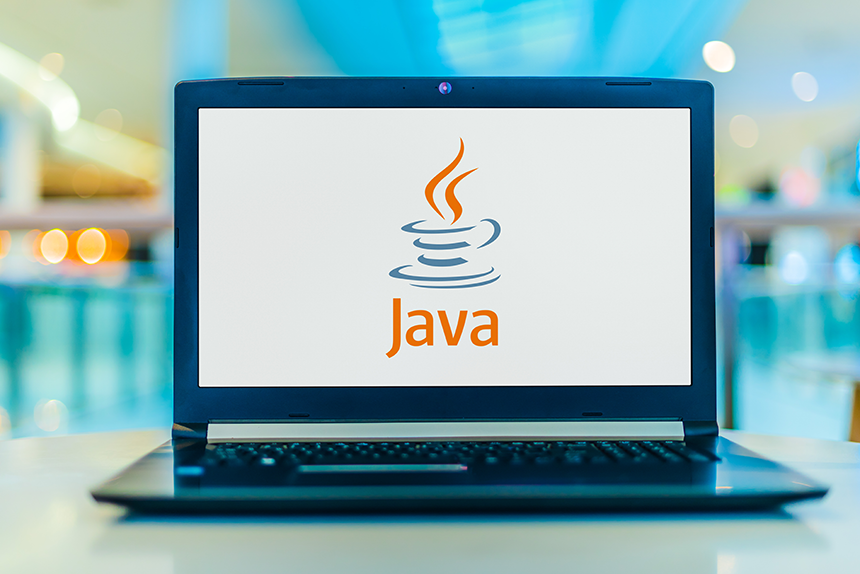In the ever-evolving world of content management, a new player has emerged, shaking up the traditional CMS landscape—Java-based headless CMS. This innovative approach offers flexibility, scalability, and adaptability like never before, making it an attractive option for businesses and developers alike. In this blog post, we'll delve into what a Java headless CMS is, how it works, and why it's gaining popularity in the realm of content management.
Understanding the Traditional CMS
Before we dive into the world of Java headless CMS, it's essential to understand what a traditional CMS is and why it has been the go-to solution for content management for years.
A traditional CMS, often referred to as a monolithic CMS, combines content management, presentation, and sometimes e-commerce capabilities into a single, integrated system. Popular examples include WordPress, Drupal, Sitecore and Adobe AEM. These CMSs are known for their user-friendly interfaces and the ability to create and manage content while providing developers with a front-end framework to create digital apps.
However, traditional CMSs have their limitations. They often dictate the presentation layer, making it challenging to create highly customized, responsive, and interactive user interfaces. Additionally, as businesses grow, traditional CMSs may struggle to scale and meet evolving content needs.
Enter the Headless CMS
A headless CMS is a game-changer that addresses the shortcomings of traditional CMSs. Unlike its monolithic counterpart, a headless CMS decouples the content management system from the presentation layer. It provides content creators and editors with a user-friendly interface to create, edit, and manage content, while developers have the freedom to use their preferred front-end technologies to display that content.
The "head" in headless CMS refers to the presentation layer (the website or application), while the "body" represents the content management system. This decoupling empowers organizations to:
Embrace Front-End Freedom: Developers can use modern JavaScript frameworks like React, Angular, or Vue.js, or server-side HTML-based templating engines like Freemarker, to create highly customized, interactive, and responsive user interfaces.
Deliver Consistent Content: Content authors and editors can work on content independently of the presentation layer, ensuring that the content remains consistent across various channels and devices.
Scale Seamlessly: Headless CMSs are designed to scale easily, allowing businesses to handle increased content and user traffic without sacrificing performance.
Embrace Multichannel Content Delivery: Content can be easily repurposed and delivered to various platforms, including websites, mobile apps, IoT devices, and more.
The Rise of Java Headless CMS
As the headless CMS model gained popularity, it paved the way for specialized solutions tailored to different programming languages and frameworks. One such specialization is the Java-based headless CMS.
A Java headless CMS is built on Java-based technologies and follows the principles of headless architecture. It offers several key advantages:
1. Compatibility with Java Ecosystem
Java is a widely adopted programming language, known for its robustness and scalability. A Java headless CMS is an ideal choice for organizations already invested in the Java ecosystem. It integrates seamlessly with existing Java applications and libraries.
2. Enterprise-Grade Security
Java is renowned for its security features, making a Java headless CMS a trusted choice for enterprises and organizations that prioritize data protection and compliance.
3. Extensible and Customizable
Developers can extend and customize a Java headless CMS to meet the specific requirements of their projects. The flexibility provided by Java allows for the creation of tailored content management solutions.
4. Performance and Scalability
Java-based solutions are known for their performance and scalability. A Java headless CMS can efficiently handle large amounts of content and high user traffic.
5. Rich Ecosystem
The Java ecosystem boasts a wide range of libraries, frameworks, and tools that can be leveraged to enhance the functionality of a Java headless CMS. This ecosystem facilitates integration with third-party services and technologies.
How a Java-based Headless CMS Works
Now that we've covered the benefits of a Java headless CMS, let's explore how it works in practice:
Content Creation and Management: Content authors and editors use the CMS's user-friendly interface to create, edit, and manage content. This content is stored in a structured manner within the CMS.
API-First Approach: A Java headless CMS follows an API-first approach. It exposes APIs (often RESTful or GraphQL) that allow developers to retrieve content programmatically. Some Java-based CMSs, such as CrafterCMS, natively support Groovy (a Java-based scripting language) for extending out-of-the-box APIs and creating new APIs.
Front-End Development: Developers use their preferred front-end technologies, such as Java-based frameworks, to build the user interface. They interact with the CMS's APIs to fetch content and display it on the website or application.
Content Delivery: The Java headless CMS is responsible for delivering content to the presentation layer. Content can be dynamically generated based on user requests or pre-rendered for faster page loads.
Scalability: The decoupled nature of a Java headless CMS makes it highly scalable. It can handle increased content and user traffic by distributing content delivery across multiple servers or leveraging content delivery networks (CDNs).
Security: Java's built-in security features, combined with security best practices, ensure that the CMS and the content it manages remain secure.
Use Cases for Java Headless CMS
A Java-based headless CMS is versatile and can be applied to various use cases, including:
Enterprise Websites: Create customized, high-performance websites with content management for marketers and product managers.
E-Commerce Experiences: Build scalable, secure e-commerce solutions with the flexibility to integrate with multiple payment gateways and third-party services.
Mobile Applications: Power your mobile apps with dynamic and consistent content from the same CMS used for your website.
OTT Video Apps: Deliver both live or on-demand OTT video experiences to the web, smart TVs, and mobile devices.
Multichannel Content Delivery: Easily repurpose and deliver content to websites, mobile apps, chatbots, and more, maintaining content consistency.
IoT Devices: Deliver content to Internet of Things (IoT) devices, ensuring that users receive up-to-date information.
Custom Web Applications: Develop custom web applications with unique content requirements, such as interactive dashboards or data-driven platforms.
Java Headless CMS Solutions
Several vendors offer Java-based headless CMS solutions to cater to the needs of businesses and developers looking for a Java-centric content management system. Here are some prominent vendors that provide Java headless CMS options:
Bloomreach: Bloomreach offers a headless CMS solution called "Bloomreach Experience." It's built on Java technologies and provides content personalization and optimization capabilities. Bloomreach is known for its flexibility and scalability.
CrafterCMS is an open-source, headless Java CMS that empowers organizations to deliver content-rich, personalized digital experiences with ease. It offers content creators a user-friendly visual editing interface for content creation and management while providing developers the freedom to create both highly customized and responsive front-end applications, and back-end custom APIs and integrations with Spring and Groovy.
Magnolia: Magnolia CMS is a Java-based headless CMS known for its ease of use and extensibility. It allows developers to build custom content applications using Java-based technologies.
Liferay: Liferay is an open-source digital experience platform with Java as its primary language. While it's not strictly a headless CMS, Liferay DXP (Digital Experience Platform) allows developers to create headless CMS solutions by leveraging its API capabilities.
Enonic: Enonic XP is a Java-based headless CMS and web application platform. It's designed for content management and application development, offering flexibility and scalability.
dotCMS: dotCMS is an open-source headless CMS written in Java. It provides content management and delivery capabilities, allowing developers to create dynamic and personalized web experiences.
Summary
In the ever-evolving landscape of content management, a Java-based headless CMS offers a versatile, scalable, and flexible solution that empowers organizations to create content-driven web applications with ease. By decoupling content management from the presentation layer and harnessing the power of Java's robust ecosystem, businesses can deliver dynamic, secure, and high-performance web experiences that meet the demands of modern users and stay ahead in the digital era. Consider a Java headless CMS as a strategic choice to unlock the full potential of your content management and delivery capabilities.

 Tom Jackson
Tom Jackson




